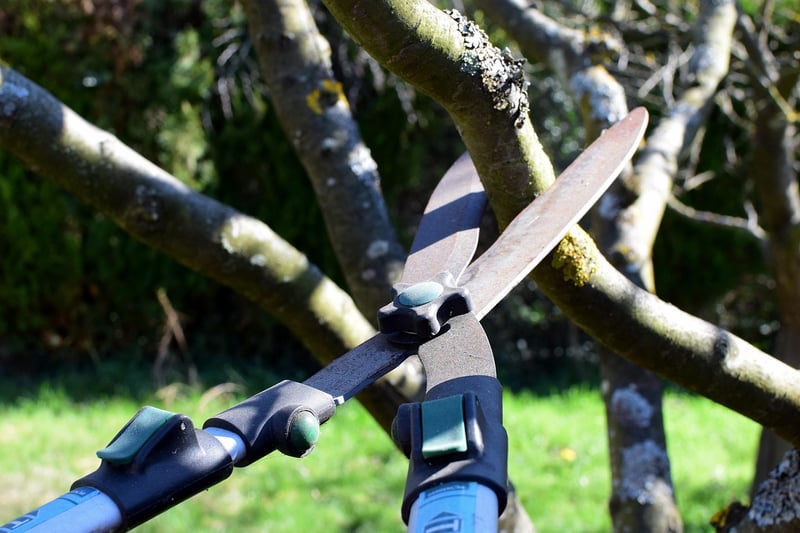Pruning Guidance
Keep Your Garden Thriving: Essential Pruning Guidance
Welcome to your guide on how to keep your garden in top shape with proper pruning practices. Pruning is an essential task that helps promote plant health, control growth, and enhance the overall appearance of your garden. Whether you're a seasoned gardener or just starting, this article will provide you with valuable insights and tips on pruning different types of plants to ensure your garden thrives.
Why Pruning is Important
Pruning plays a crucial role in maintaining plant health by removing dead or diseased branches, improving air circulation, and stimulating new growth. It also helps shape plants, control their size, and encourage better flowering or fruit production. Regular pruning can prevent overcrowding and ensure that each plant receives sufficient sunlight and nutrients.
Pruning Techniques
When it comes to pruning, different plants require specific techniques to ensure optimal results. Here are some common pruning techniques:
- Deadheading: Removing spent flowers to encourage new blooms.
- Thinning: Removing select branches to improve air circulation and light penetration.
- Heading Back: Cutting back the tips of branches to control growth.
- Rejuvenation Pruning: Drastic pruning to rejuvenate overgrown or neglected plants.
Plant-Specific Pruning Tips
Each type of plant requires specific pruning techniques to ensure healthy growth. Here are some plant-specific pruning tips:
Roses
Prune roses in late winter or early spring to remove dead or weak branches and shape the plant. Cut at a 45-degree angle just above a bud facing outward.
Shrubs
Prune shrubs after flowering to maintain their shape and encourage new growth. Remove dead branches and thin out crowded areas.
Trees
Prune trees in late winter to early spring while they are still dormant. Remove any damaged or diseased branches and maintain a central leader for optimal growth.
Tools for Pruning
Having the right tools is essential for effective pruning. Some common pruning tools include:
- Pruning Shears: Ideal for cutting small branches and stems.
- Loppers: Used for thicker branches that pruning shears can't handle.
- Pruning Saw: Designed for cutting large branches and tough wood.
- Pole Pruner: For reaching high branches without the need for a ladder.
Remember to keep your pruning tools sharp and clean to make precise cuts and prevent the spread of diseases between plants.
Conclusion
Pruning is a fundamental aspect of garden maintenance that can significantly impact the health and appearance of your plants. By following the right pruning techniques and guidelines for different plant types, you can ensure that your garden remains vibrant and flourishing throughout the year. So grab your pruning tools and start shaping your garden for success!



